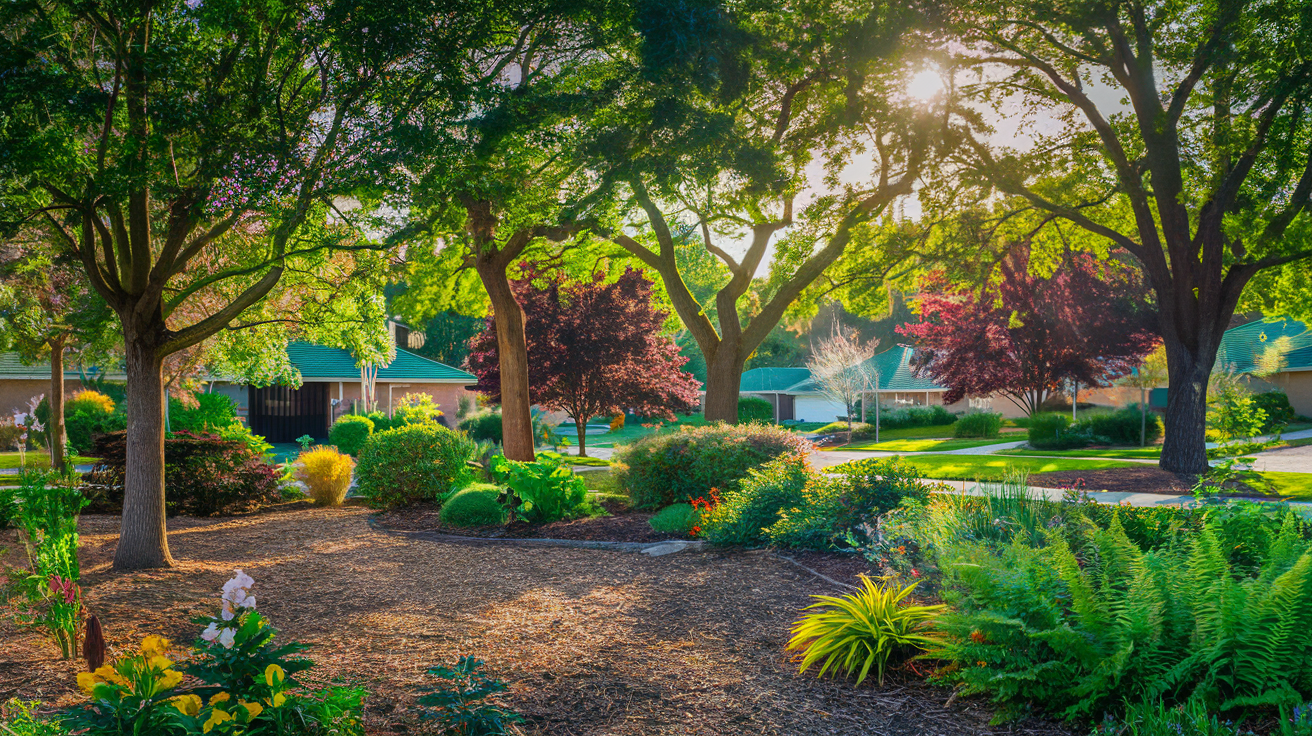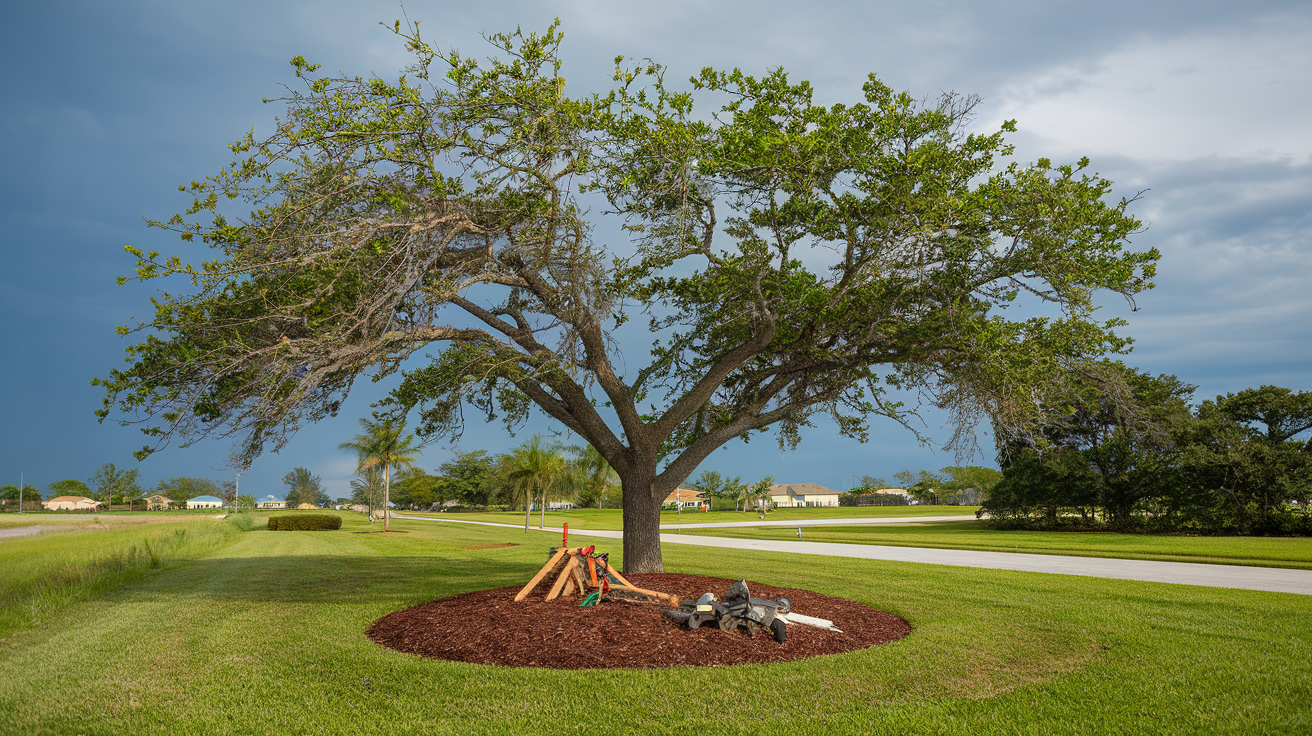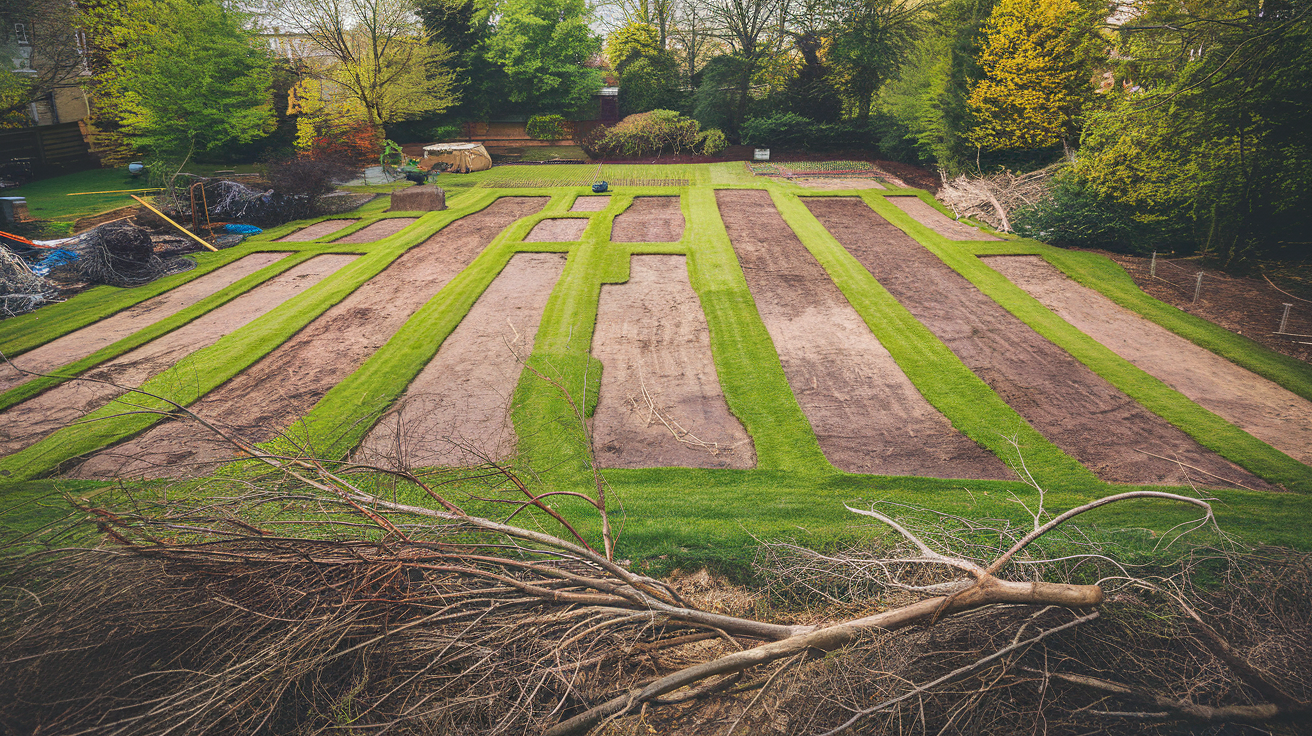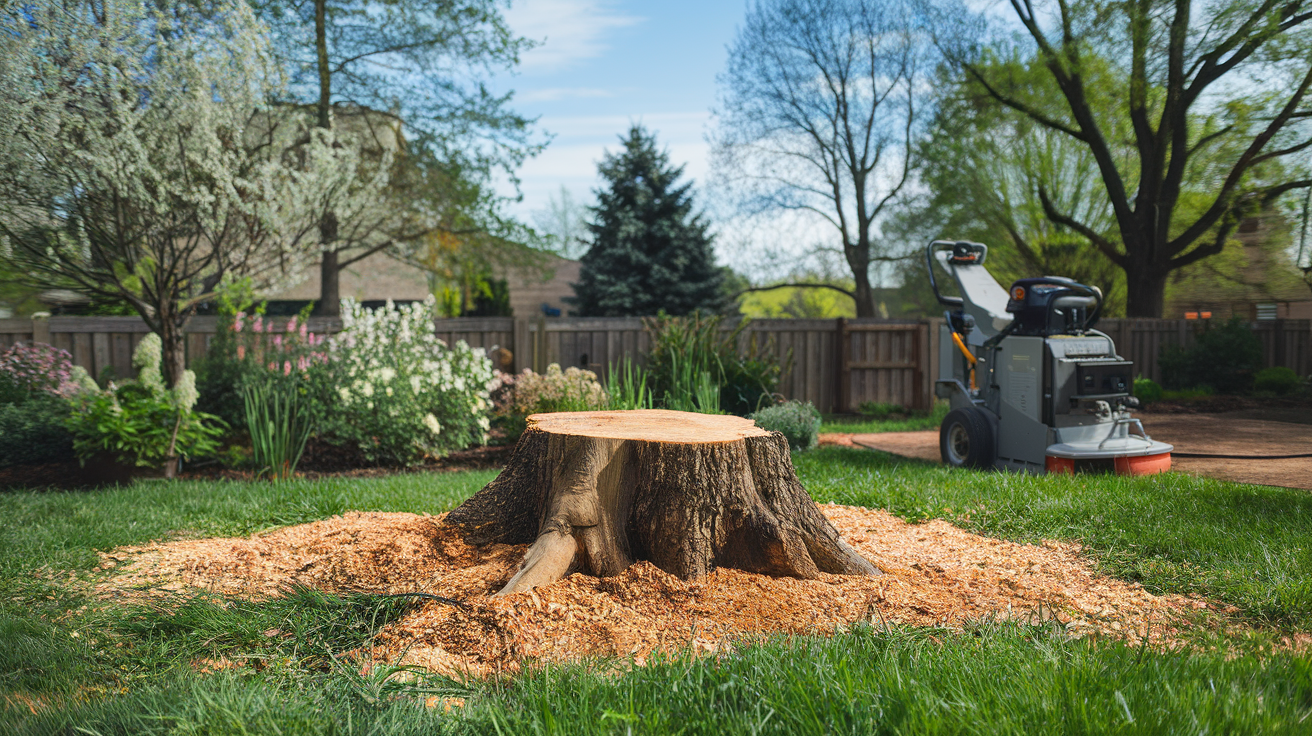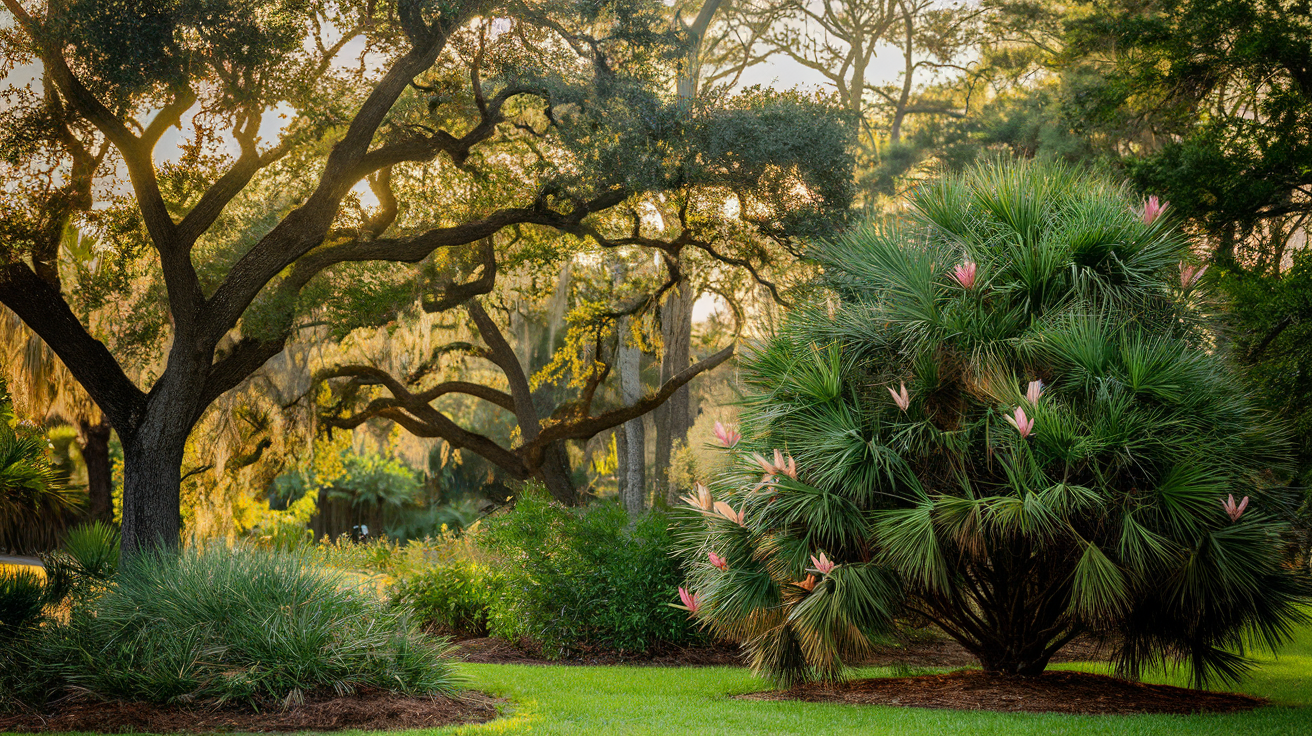Fricke's Tree Service
Discover How Trees Can Quiet Your City Life
How Trees Reduce Noise Pollution in Urban Areas
The Importance of Trees in Urban Environments
Urban areas are often bustling with activity, leading to increased noise pollution that can significantly affect the quality of life for residents. Trees play a crucial role in mitigating this issue. Not only do they enhance the aesthetic appeal of cities, but they also provide significant environmental benefits, including noise reduction. The presence of trees can create a more serene atmosphere, allowing residents to enjoy their surroundings without the constant intrusion of disruptive sounds.Understanding Noise Pollution
Noise pollution refers to unwanted or harmful sounds that disrupt the natural balance of the environment. Common sources of noise in urban areas include:- Traffic
- Construction activities
- Public transportation
- Industrial operations
How Trees Help in Noise Reduction
Trees act as natural sound barriers, providing a range of benefits that contribute to noise reduction in urban settings. Here are some key ways in which trees help:1. Absorption of Sound
Trees absorb sound waves through their leaves, branches, and trunks. The rough surfaces of tree bark and the irregular shapes of leaves help to scatter sound waves, reducing their intensity. This absorption effect is particularly effective for:- Low-frequency sounds, such as traffic noise
- High-frequency sounds, like those from construction
2. Reflection of Sound
In addition to absorption, trees can also reflect sound. The structure of a tree can redirect sound waves away from residential areas, further decreasing noise levels. This is especially beneficial in areas with:- High traffic volumes
- Proximity to busy roads
3. Creation of a Buffer Zone
Planting trees along roadsides and around buildings creates a buffer zone that helps to shield urban areas from noise. This buffer can significantly lower noise levels in nearby homes and public spaces. The effectiveness of this buffer depends on:- The density of the tree planting
- The height and type of trees used
Types of Trees Effective in Noise Reduction
Not all trees are equally effective at reducing noise pollution. Some species are better suited for this purpose due to their size, density, and foliage. Here are a few examples:- Deciduous Trees: Trees like oaks and maples provide dense foliage during the summer, which is ideal for sound absorption.
- Evergreen Trees: Species such as pines and spruces maintain their leaves year-round, offering continuous noise reduction.
- Fast-Growing Trees: Trees like willows and poplars grow quickly and can provide immediate benefits in noise reduction.
Case Studies: Successful Urban Tree Planting Initiatives
Several cities around the world have implemented tree planting initiatives to combat noise pollution. Here are a few notable examples:1. New York City, USA
New York City has launched various programs to increase urban greenery. The NYC Department of Environmental Protection has reported that tree canopies help reduce noise levels in busy neighborhoods, improving the quality of life for residents. These initiatives have not only beautified the city but have also created quieter, more livable spaces.2. Tokyo, Japan
Tokyo has integrated green spaces into its urban planning. The city has planted trees along major roads, which has led to a noticeable decrease in noise pollution, benefiting both residents and wildlife. This approach demonstrates how urban design can harmonize with nature to create healthier living environments.3. Melbourne, Australia
Melbourne's Urban Forest Strategy aims to increase tree cover across the city. This initiative not only addresses noise pollution but also enhances air quality and urban biodiversity. By prioritizing tree planting, Melbourne is setting an example for other cities looking to improve their urban landscapes.Additional Benefits of Urban Trees
Beyond noise reduction, trees offer numerous other benefits that contribute to healthier urban environments:- Improved Air Quality: Trees filter pollutants and improve air quality, which is essential for public health.
- Climate Regulation: Trees help moderate temperatures, reducing the urban heat island effect.
- Enhanced Aesthetics: Green spaces improve the visual appeal of urban areas, making them more attractive to residents and visitors.
Challenges in Urban Tree Planting
While the benefits of trees are clear, there are challenges associated with urban tree planting:- Space Limitations: Urban areas often have limited space for planting trees, making it difficult to establish effective green buffers.
- Maintenance Costs: Trees require ongoing care, which can strain municipal budgets and resources.
- Public Awareness: Educating the public about the benefits of trees is essential for gaining support for planting initiatives, as community involvement is crucial for success.
Conclusion: The Path Forward
To effectively reduce noise pollution in urban areas, cities must prioritize tree planting and maintenance. By investing in green infrastructure, urban planners can create healthier, more livable environments for residents. The integration of trees into urban landscapes not only addresses noise pollution but also enhances overall quality of life. As cities continue to grow, the importance of trees in urban planning cannot be overstated; they are vital for creating sustainable and vibrant communities. For more information on how to get involved in tree planting initiatives or to request an estimate for tree services, please visit Frick's Tree Service.SHARE POST
RECENT POSTS
Interested in Our Services?
Get in touch today to discuss your next project and we will happy to answer any questions and provide you with a no-obligation FREE Estimate.

